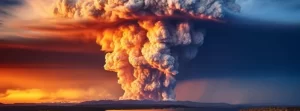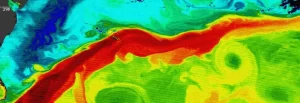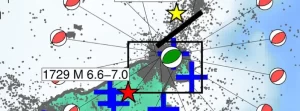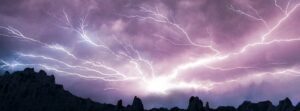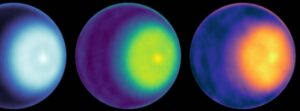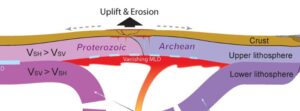New Zealand’s massive Taupō eruption dated by Antarctic ice core study
A recent study published in Scientific Reports discovered volcanic debris from the Taupō eruption approximately 1 800 years ago deeply embedded in Antarctic ice. The findings, made at a depth of 279 m in West Antarctica, offer a precise date for the historical New Zealand eruption.

